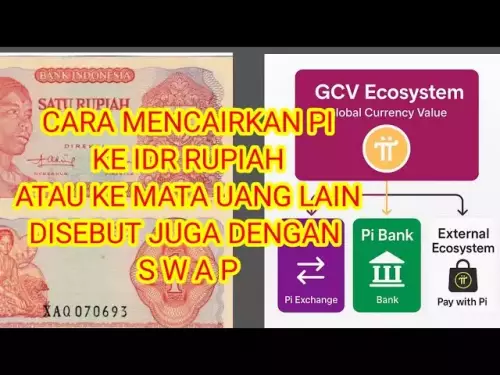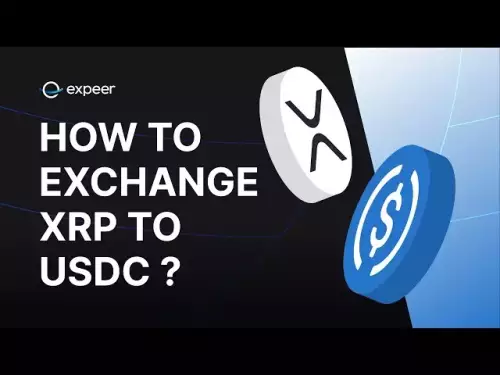-
 bitcoin
bitcoin $112715.707551 USD
-1.71% -
 ethereum
ethereum $4101.475385 USD
-3.01% -
 tether
tether $1.000644 USD
-0.02% -
 bnb
bnb $1207.619465 USD
-6.77% -
 xrp
xrp $2.501451 USD
-3.98% -
 solana
solana $202.947124 USD
-3.32% -
 usd-coin
usd-coin $1.000295 USD
0.04% -
 dogecoin
dogecoin $0.203884 USD
-4.47% -
 tron
tron $0.317154 USD
-1.72% -
 cardano
cardano $0.695009 USD
-4.43% -
 hyperliquid
hyperliquid $38.853961 USD
-8.23% -
 chainlink
chainlink $18.988674 USD
-4.64% -
 ethena-usde
ethena-usde $1.000233 USD
-0.03% -
 stellar
stellar $0.337050 USD
-3.63% -
 bitcoin-cash
bitcoin-cash $536.861728 USD
-1.28%
How is the XRP contract index price calculated?
The XRP contract index price is a volume-weighted average from major exchanges, updated every few seconds and secured by oracles to ensure accuracy and prevent manipulation.
Sep 24, 2025 at 09:36 pm
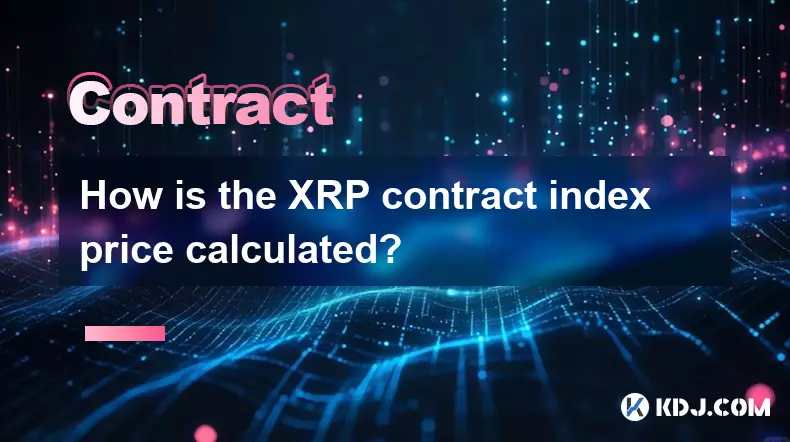
Understanding the XRP Contract Index Price
1. The XRP contract index price is derived from a weighted average of XRP trading pairs across multiple major cryptocurrency exchanges. This includes platforms like Binance, Kraken, Bitstamp, and Coinbase Pro, which provide high liquidity and reliable data feeds. The selection of exchanges ensures minimal manipulation and accurate reflection of market sentiment.
2. Data collection occurs at regular intervals, typically every few seconds, to capture real-time price movements. These snapshots are aggregated to form a continuous index that powers derivatives such as futures and perpetual swaps. The frequency of updates helps maintain precision in volatile market conditions.
3. Each exchange’s contribution to the index is weighted based on its trading volume over a rolling window, usually 24 hours. Higher-volume exchanges exert more influence on the final index value, reducing the impact of outliers or less active markets. This volume-weighting mechanism enhances reliability.
4. Before inclusion in the index calculation, outlier prices are filtered using statistical methods such as standard deviation thresholds or interquartile ranges. This prevents erroneous trades, flash crashes, or spoofed prices from distorting the overall index value.
5. The final index price is often published via third-party oracle services or financial data providers like CryptoCompare or Kaiko. These entities audit the data pipeline and ensure transparency, allowing traders and smart contracts to trust the integrity of the reference rate.
Role of Oracles in XRP Index Pricing
1. Oracles serve as intermediaries between off-chain market data and on-chain smart contracts. For XRP-based financial products, especially those on blockchain platforms like Ethereum or Polygon, oracles fetch the latest index price and update it within the contract environment.
2. Decentralized oracle networks such as Chainlink aggregate the XRP index from multiple independent node operators, each pulling data from trusted API sources. This redundancy minimizes single points of failure and increases resistance to tampering.
3. Oracle updates follow a time-based or deviation-based trigger model. If the live market price diverges beyond a predefined threshold—say 0.5%—from the last reported value, an automatic update is initiated to keep the contract current.
4. Security measures include cryptographic signing of data payloads and reputation systems for node operators. Only verified and consistent data contributors are allowed to participate, ensuring the authenticity of the transmitted XRP index values.
5. In cases where disputes arise over liquidation or settlement prices, auditable logs from oracle networks can be reviewed to verify whether the correct index was used at the time of execution.
Influence of Market Conditions on Index Accuracy
1. During periods of high volatility, such as regulatory announcements or macroeconomic shocks, price discrepancies between exchanges may widen temporarily. The index must adapt quickly to reflect true market equilibrium without lagging behind actual trades.
2. Arbitrage activity plays an indirect role in stabilizing the index by equalizing prices across exchanges. When arbitrageurs exploit cross-exchange differentials, they help align individual market prices with the broader consensus captured by the index.
3. Liquidity depth is crucial; thin order books on smaller exchanges can lead to slippage and skewed prints. The index methodology accounts for this by prioritizing exchanges with robust order book density and consistent trade flow.
4. Flash crashes or pump-and-dump schemes on low-tier platforms are mitigated through exclusion rules. Exchanges known for poor oversight or frequent anomalies may be removed from the index basket altogether.
5. The XRP contract index remains resilient due to its multi-source architecture, dynamic weighting, and real-time validation protocols, making it a trusted benchmark for institutional and retail participants alike.
Frequently Asked Questions
What exchanges are primarily used to calculate the XRP index?Major regulated exchanges including Binance, Kraken, Bitstamp, Coinbase Pro, and Bitfinex are commonly included. The exact list depends on the provider but focuses on venues with strong compliance, high volume, and reliable APIs.
Can the XRP index be manipulated by large traders?Manipulation is highly unlikely due to the distributed nature of the index. A coordinated effort across multiple top-tier exchanges would be required to significantly alter the volume-weighted average, which is cost-prohibitive and easily detectable.
How often is the XRP contract index updated?Updates occur every 5 to 15 seconds depending on the oracle system or data vendor. Some platforms use heartbeat mechanisms to ensure freshness, while others respond dynamically to price changes exceeding set thresholds.
Is the XRP index the same across all derivative platforms?Not necessarily. While most platforms rely on similar methodologies, slight variations in exchange selection, weighting formulas, or filtering techniques can result in minor differences between index values reported by different providers.
Disclaimer:info@kdj.com
The information provided is not trading advice. kdj.com does not assume any responsibility for any investments made based on the information provided in this article. Cryptocurrencies are highly volatile and it is highly recommended that you invest with caution after thorough research!
If you believe that the content used on this website infringes your copyright, please contact us immediately (info@kdj.com) and we will delete it promptly.
- Tokenization Takes Center Stage: SEC-Registered Stock Tokens Reshape Finance
- 2025-10-15 22:25:13
- Bitcoin Seized, Transferred: A New York Minute on Crypto's Wild Ride
- 2025-10-15 22:25:13
- Milk & Mocha's $HUGS: Can This Crypto Presale Deliver a 100x Portfolio?
- 2025-10-15 22:30:01
- Memecoins Grow Up: $HUGS Presale Offers Real Utility
- 2025-10-15 22:45:13
- HUGS Launch, Crypto Bull Run, and a Perfect Storm Brewing?
- 2025-10-15 22:45:13
- Zero Knowledge Proof, Whitelists, and the Future of Blockchain Privacy
- 2025-10-15 22:30:01
Related knowledge

How to calculate the ROI for Ethereum contracts?
Oct 09,2025 at 04:36pm
Understanding Ethereum Contract ROI Basics1. Return on Investment (ROI) for Ethereum contracts begins with tracking the initial capital deployed into ...

How to find arbitrage opportunities between different Bitcoin contracts?
Oct 14,2025 at 11:18pm
Finding Arbitrage Opportunities in Bitcoin Futures Markets1. Monitor price discrepancies across exchanges offering Bitcoin futures contracts. Differen...
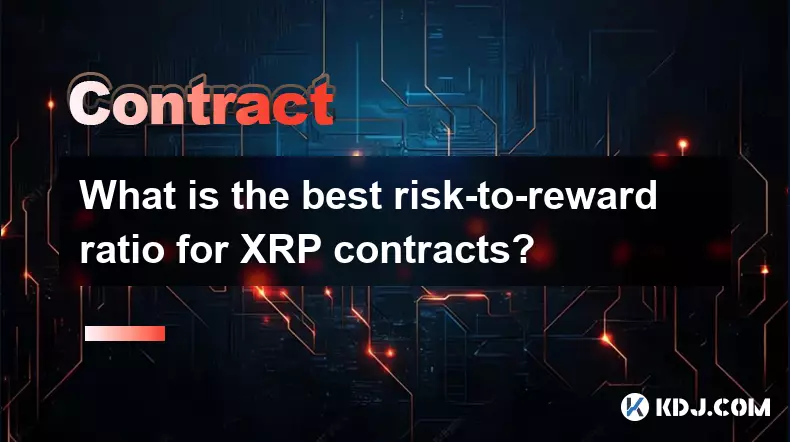
What is the best risk-to-reward ratio for XRP contracts?
Oct 11,2025 at 04:18am
Understanding Risk-to-Reward in XRP Futures Trading1. The risk-to-reward ratio is a fundamental metric used by traders to evaluate the potential profi...
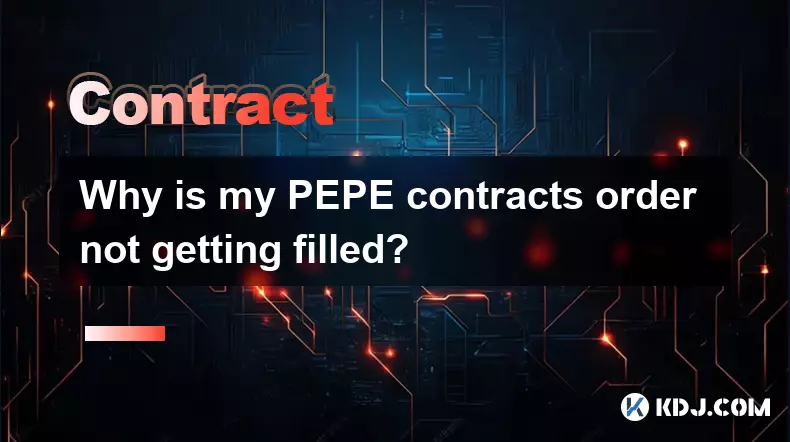
Why is my PEPE contracts order not getting filled?
Oct 12,2025 at 06:01pm
Understanding Liquidity Issues in PEPE Contracts1. Low liquidity is one of the primary reasons a PEPE contract order may not get filled. Many meme-bas...
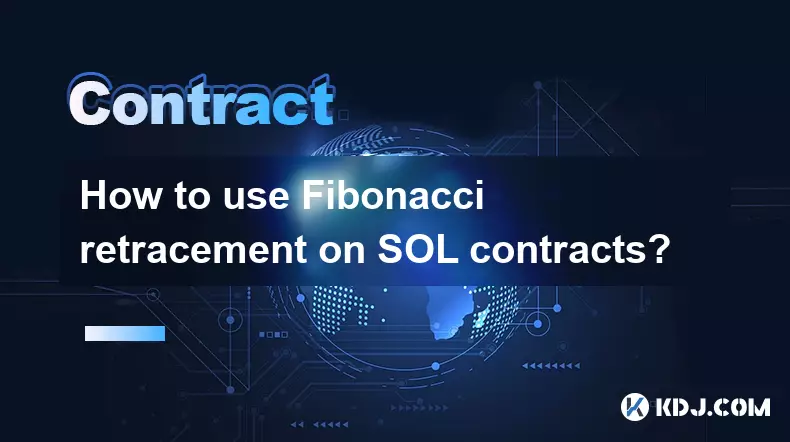
How to use Fibonacci retracement on SOL contracts?
Oct 14,2025 at 02:36pm
Fibonacci Retracement Basics in SOL Trading1. Fibonacci retracement is a technical analysis tool used to identify potential support and resistance lev...

Is it better to trade Dogecoin contracts or spot?
Oct 12,2025 at 04:54pm
Understanding Dogecoin Spot Trading Mechanics1. Spot trading involves the direct purchase and ownership of Dogecoin at the current market price. Trade...

How to calculate the ROI for Ethereum contracts?
Oct 09,2025 at 04:36pm
Understanding Ethereum Contract ROI Basics1. Return on Investment (ROI) for Ethereum contracts begins with tracking the initial capital deployed into ...

How to find arbitrage opportunities between different Bitcoin contracts?
Oct 14,2025 at 11:18pm
Finding Arbitrage Opportunities in Bitcoin Futures Markets1. Monitor price discrepancies across exchanges offering Bitcoin futures contracts. Differen...

What is the best risk-to-reward ratio for XRP contracts?
Oct 11,2025 at 04:18am
Understanding Risk-to-Reward in XRP Futures Trading1. The risk-to-reward ratio is a fundamental metric used by traders to evaluate the potential profi...

Why is my PEPE contracts order not getting filled?
Oct 12,2025 at 06:01pm
Understanding Liquidity Issues in PEPE Contracts1. Low liquidity is one of the primary reasons a PEPE contract order may not get filled. Many meme-bas...

How to use Fibonacci retracement on SOL contracts?
Oct 14,2025 at 02:36pm
Fibonacci Retracement Basics in SOL Trading1. Fibonacci retracement is a technical analysis tool used to identify potential support and resistance lev...

Is it better to trade Dogecoin contracts or spot?
Oct 12,2025 at 04:54pm
Understanding Dogecoin Spot Trading Mechanics1. Spot trading involves the direct purchase and ownership of Dogecoin at the current market price. Trade...
See all articles





















